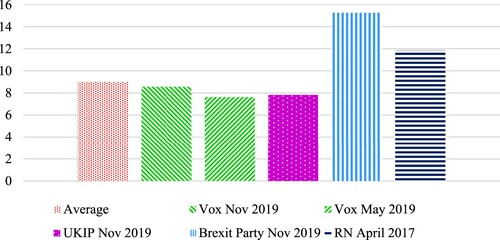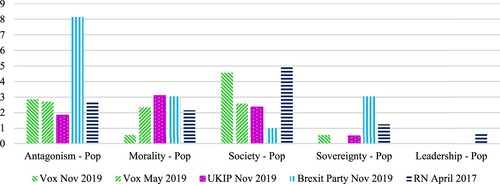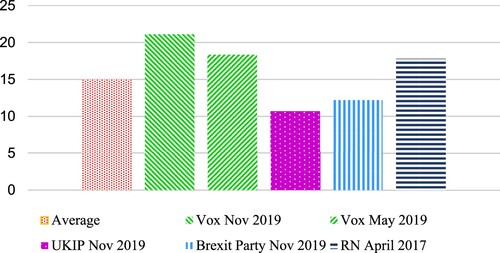Figures & data
Image 1. Northern League rally in Venice, 7 October 2012. Source: Jean-Pierre Dalberá. Creative Commons Attribution 2.0 Generic.

Image 2. Swiss People’s Party (SVP) posters. Source: Hansen (Citation2016:, 153).

Image 3. Mural Països Catalans, Vilassar de Mar, Catalonia, Spain. Source: Wikimedia Commons user “1997”, 29 July 2007, Creative Commons 3.0.

Image 4. Nigel Farage in front of UKIP poster for the Leave the European Union campaign in 2016. Source: Twitter Chris Ship @chrisshipitv, 16 June 2016

Table 1. Party manifestos analyzed.
Figure 2. Five-dimensional framework with examples of dimensions and typical populist and anti-populist features. Source: Olivas Osuna (Citation2021, 841)
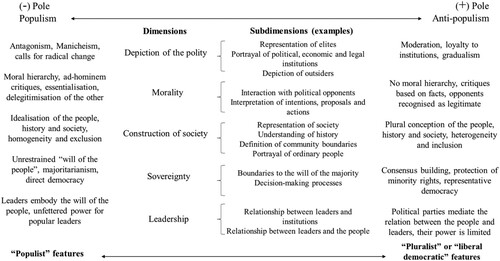
Figure 6. Map of code intersections. In parenthesis the total number of coded segments. Lines capture intersections with a minimal frequency of 5.
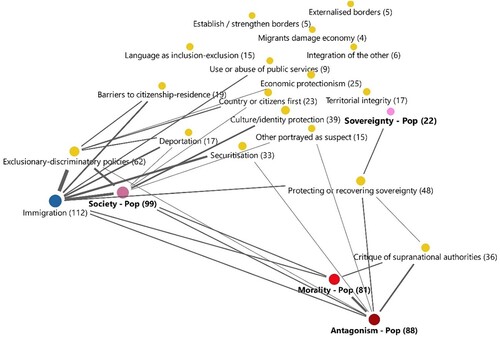
Table 2. Most frequent code intersections.


